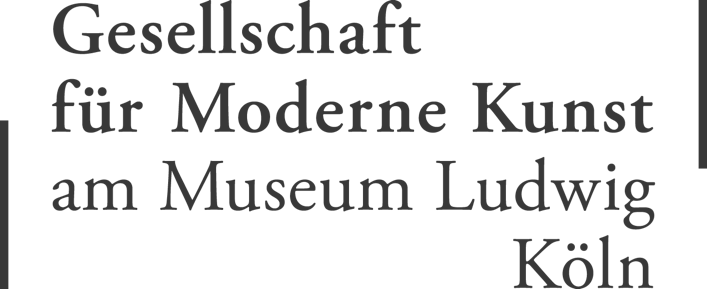Junger Ankauf
Loretta Fahrenholz - Implosion
2017
Loretta Fahrenholz lives and works currently in Berlin and New York. In 2016 Fahrenholz had solo exhibitions at the Fridericianum in Kassel and the Stedelijk Museum in Amsterdam. She has also shown works at the Julia Stoschek Collection in Berlin (Welt am Draht, 2016), the Kunsthalle Zürich (Drei Frauen, 2015), and Reena Spau-lings Fine Art, New York (Implosion, 2011). In her post-cinematic films, Fahrenholz documents the contemporary reality that is shaped by collective fictions, staging, and media communication.


Implosion, 2011
The cinematic work Implosion is an adaptation of Kathy Acker’s (1947 New York–1997 Tijuana) 1983 theater play of the same name. The film can be seen as a continuation or exacerbation of a literary gesture initiated by Acker, who set a drama about the French Revo-lution in early 1980s New York City, transposing this historical content into the language and bodies of downtown punks, drug addicts and sex workers. Loretta Fahrenholz’s adaptation involves a cast of contemporary non-actors, young men who in real life spend their time in gyms and clubs and on iPhones, some of whom work as graphic designers or online porn actors but are mostly between occupations and in flux. By making Acker’s punk voice return through the channel of these young bodies and in these mouths, Implosion occupies and activates the gap between two New Yorks (1983/2011), between a hard, trans-gressive, recently bankrupt city still swarming with homeless people and the smooth, net-worked, abstract New York of today.
Shot in a high-rise condominium located near Ground Zero, the film’s actors are seen against vistas of postmodern glass curtain wall architecture and open blue sky, planning chaos and terror on laptops. These are the slim, dispersed and connected, abstract bodies of cybercapitalism, and we still don’t know what they are capable of, what they want. Implosion produces an HD image of the horror and anxiety of the now, allowing us to see our-selves freshly from the punk perspective of a vanished SM bohemia, and seeming to urge a betrayal of the present.
